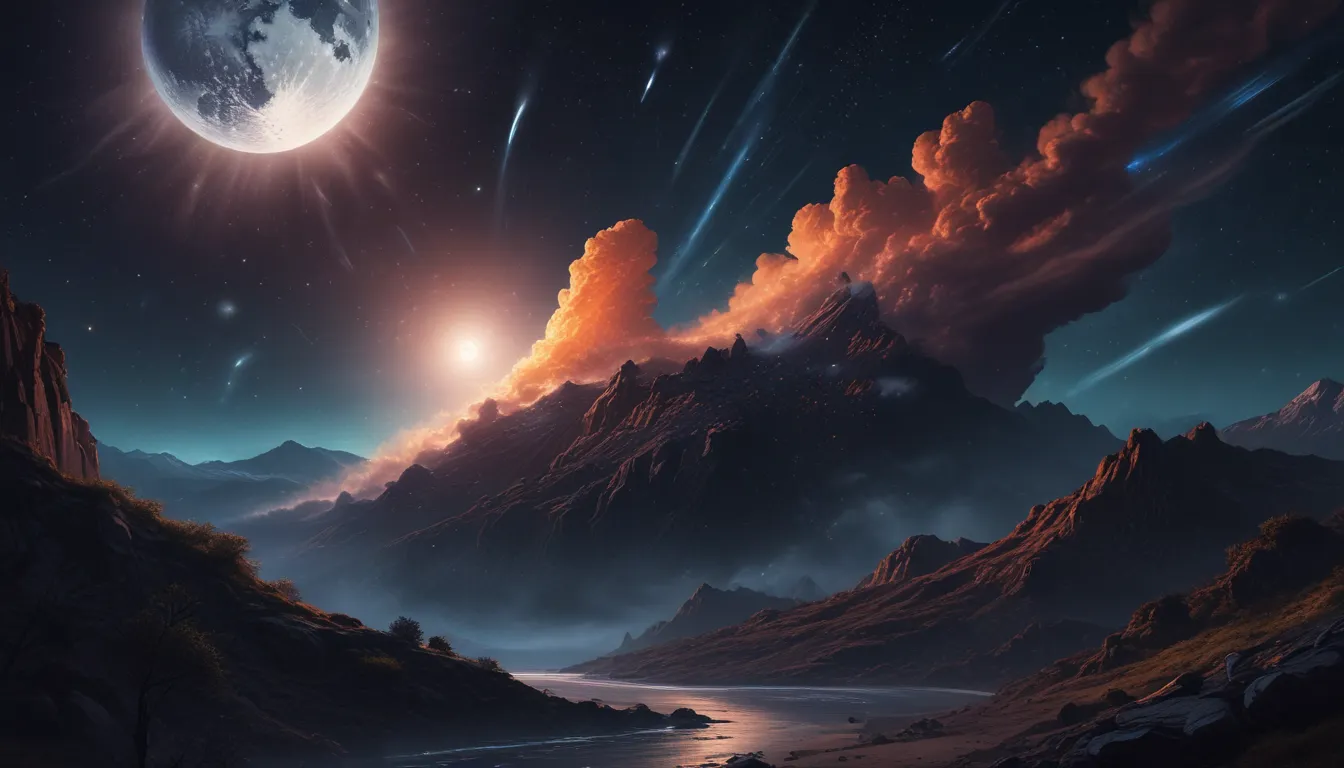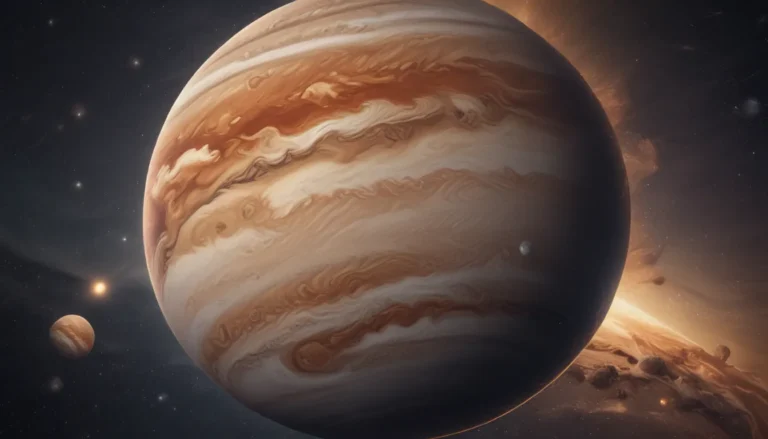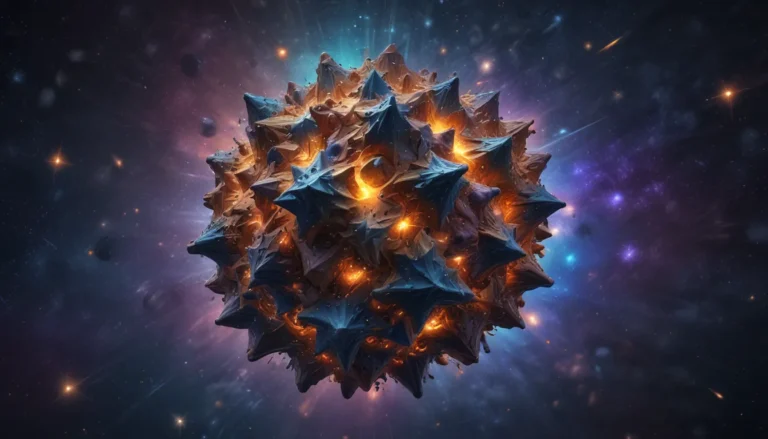The pictures we use in our articles might not show exactly what the words say. We choose these pictures to make you interested in reading more. The pictures work together with the words but don’t take their place. The words still tell you the important facts.
Are you mesmerized by the beauty of comets as they streak across the night sky? Do you find yourself pondering the origins and significance of these celestial wanderers? Join us on a captivating journey through the fascinating world of comets as we unravel 18 astonishing facts that will ignite your curiosity and deepen your understanding of these cosmic marvels. From their icy nuclei to their historical impact and cultural significance, comets are enigmatic objects that continue to intrigue scientists, stargazers, and artists alike. So, fasten your seatbelt and prepare to be amazed by the wonders of the universe as we explore the intriguing realm of comets!
Discovering Comet’s Secrets
- Comets are celestial objects composed of ice, dust, and space debris that create dazzling tails as they orbit the Sun, influencing cultures and leaving an indelible mark on human history.
- These cosmic wanderers have captivated scientists and artists for centuries, inspiring art, literature, and even meteor showers as Earth passes through their orbits.
The Etymology of “Comet”
The word "comet" derives from the Latin term "com?ta," meaning "long-haired star," a poetic description that captures the ethereal beauty of comets' luminous tails.
The Composition of Comets
Comets are comprised of various materials, including water ice, dust, carbon dioxide, methane, and ammonia, giving them their distinct characteristics and features.
Unveiling the Nucleus of Comets
At the core of every comet lies its nucleus, a solid and icy body that can range from a few kilometers to tens of kilometers in diameter, containing pristine materials dating back billions of years.
The Spectacular Formation of Comet’s Tails
As comets approach the Sun, heat causes ice to vaporize, releasing gas and dust particles that form a glowing coma around the nucleus and create the magnificent tail that points away from the Sun.
Tracing the Orbits of Comets
Comets follow elliptical orbits around the Sun, with periods ranging from relatively short durations to thousands of years, fascinating astronomers and stargazers with their celestial dance.
The Great Comet of 1811
One of the most spectacular comets in history, the Great Comet of 1811, also known as Comet Flaugergues, boasted a nucleus estimated to be over 30 kilometers in diameter, making it one of the largest comets ever observed.
Iconic Comets in History
Comets such as Halley's Comet, Hale-Bopp, and Comet Shoemaker-Levy 9 have left an enduring impact on human history and folklore, captivating people throughout the ages with their celestial displays.
The Mysterious Origins in the Kuiper Belt and Oort Cloud
Comets originate from two main regions in our solar system: the Kuiper Belt, located beyond Neptune's orbit, and the Oort Cloud, a vast sphere of icy bodies beyond the Kuiper Belt, shedding light on the early formation of our cosmic neighborhood.
Debunking Comet Myths: The Tail’s Direction
Contrary to popular belief, a comet's tail does not trail behind it but always points away from the Sun, driven by the solar wind pushing gas and dust particles in its path.
The Enigmatic Multi-Tailed Comets
Some comets display multiple tails due to interactions with the Sun's magnetic field, releasing various gases and dust particles that create a stunning visual spectacle stretching for millions of kilometers into space.
Collisions and Cosmic Consequences
While rare, comets can collide with planets, as evidenced by the impact of Comet Shoemaker-Levy 9 on Jupiter in 1994, resulting in a series of spectacular atmospheric explosions.
Cultural Influences and Symbolism of Comets
Throughout history, comets have influenced cultural beliefs and been interpreted as omens or signs of significant events, inspiring myths, legends, and awe among various civilizations.
Unveiling Cosmic Secrets: The Scientific Study of Comets
Scientists study comets to gain insights into the early formation of the solar system, unlocking the secrets of pristine materials preserved since their creation billions of years ago, providing invaluable information about the universe's evolution.
The Rosetta Mission and Close Encounters with Comets
The European Space Agency's Rosetta mission successfully landed a probe on a comet's nucleus in 2014, offering valuable data and images of these enigmatic celestial objects up close, further advancing our understanding of comets.
Meteor Showers and Celestial Phenomena
When Earth crosses the orbit of a comet, small debris left behind by the comet's tail enters the atmosphere, resulting in meteor showers that captivate observers and offer a glimpse into the cosmic dance of comets.
Comets as Artistic Inspirations
Comets have inspired artists and writers for centuries, featuring in paintings, poems, and stories as symbols of beauty, mystery, and change, reflecting humanity's enduring fascination with these celestial wonders.
A Glimpse into the Future of Comet Exploration
Scientists continue to study comets using advanced space probes and telescopes, unraveling their mysteries and deepening our understanding of the universe, paving the way for new discoveries and revelations about these enigmatic cosmic travelers.
As we journey through the vast expanses of space and explore the wonders of comets, we are reminded of the beauty and complexity of the universe that surrounds us. Each fact about comets reveals a piece of the cosmic puzzle, inviting us to contemplate our place in the vastness of creation and inspiring us to marvel at the celestial wonders that adorn our night sky. So, the next time you gaze up at the stars and witness a comet's graceful passage, remember that you are beholding a cosmic spectacle that transcends time and space, echoing the eternal mysteries of the cosmos.
FAQs: Exploring Comet Curiosities
- What is a comet?
-
A comet is a celestial object composed of ice, dust, and small rocky particles, featuring a nucleus, coma, and tail.
-
How are comets formed?
-
Comets are believed to be remnants from the early formation of the solar system, originating in the outer reaches where temperatures are extremely cold.
-
What causes the tail of a comet?
-
The tail of a comet is formed by the vaporization of ice in the nucleus as it approaches the Sun, creating a glowing coma that is pushed away by solar radiation and the solar wind.
-
Are comets dangerous?
-
While most comets do not pose a direct threat to Earth, a collision could occur if a comet's trajectory brings it into close proximity. Fortunately, scientists monitor comets closely to predict their paths accurately.
-
Can comets be seen with the naked eye?
-
Yes, some comets are visible to the naked eye when they approach Earth, offering a breathtaking spectacle in the night sky that captures public attention.
-
Have missions been sent to study comets?
- Several space missions have been launched to study comets up close, with notable examples including the European Space Agency's Rosetta mission, which landed a probe on a comet's surface to gather valuable data.
These frequently asked questions provide insightful answers to common inquiries about comets, deepening our knowledge and understanding of these captivating celestial wonders.
Comets hold a special place in our exploration of the cosmos, captivating us with their ethereal beauty and mysterious allure. As we journey through the depths of space and uncover the mysteries of comets, we are reminded of the infinite wonders that await discovery in the vast expanse of the universe. Each fact about comets invites us to embrace the beauty of the unknown and marvel at the cosmic spectacle of these celestial wanderers. So, let us gaze skyward with wonder and curiosity, honoring the enchanting legacy of comets that continues to inspire us to explore, discover, and dream among the stars.






